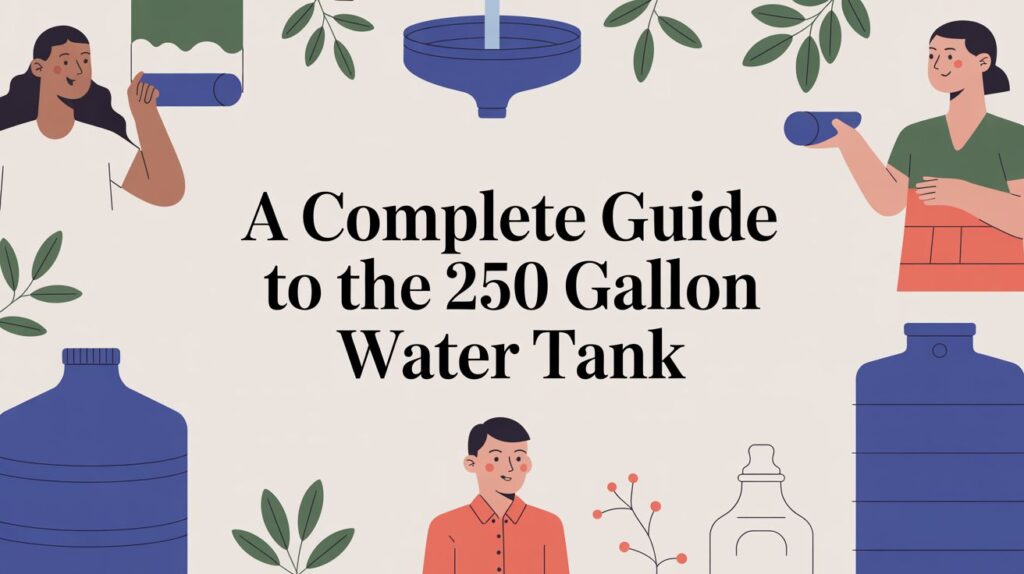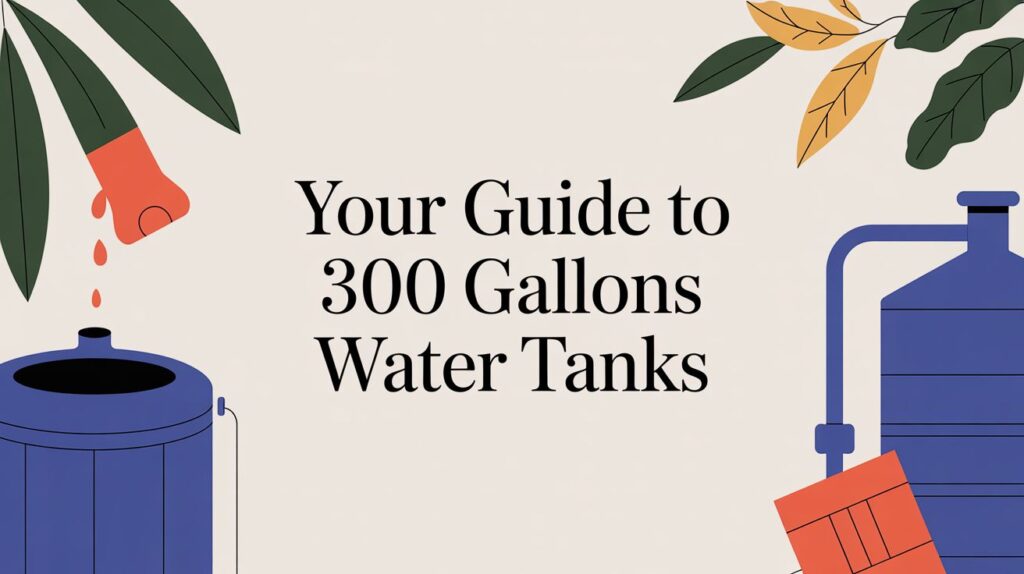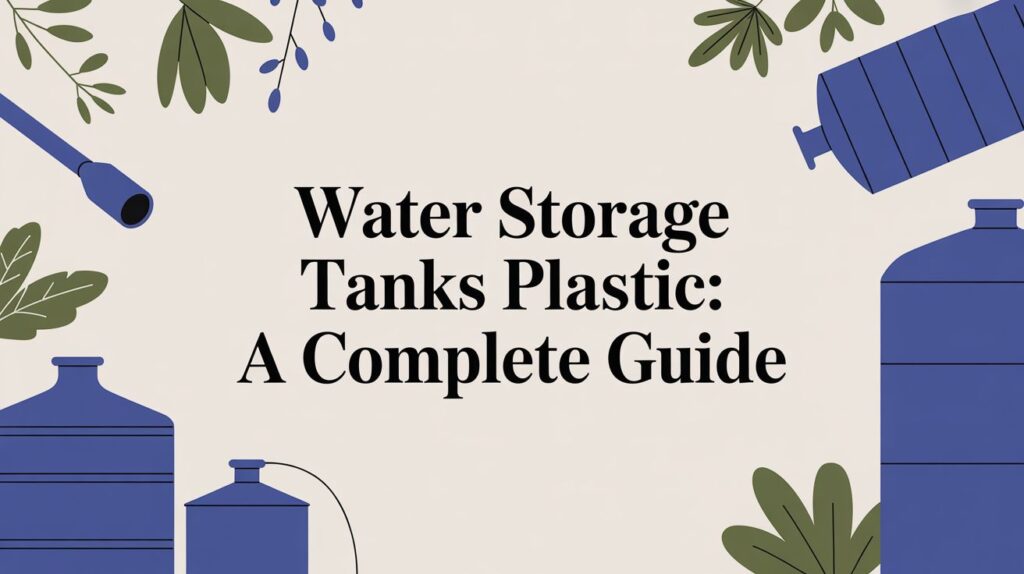Tag Archives: rainwater harvesting
A Complete Guide to the 250 Gallon Water Tank
When you’re looking for a serious upgrade from a rain barrel but don't need...
Choosing Your Best Water Storage Container
Having a good water storage container is one of the most important things you ca...
Your Guide to 300 Gallons Water Tanks
When you start looking at a 300-gallon water tank, you’re entering a sweet spot ...
Water Storage Tanks Plastic: A Complete Guide
When you need a reliable water supply, plastic water storage tanks are the moder...




